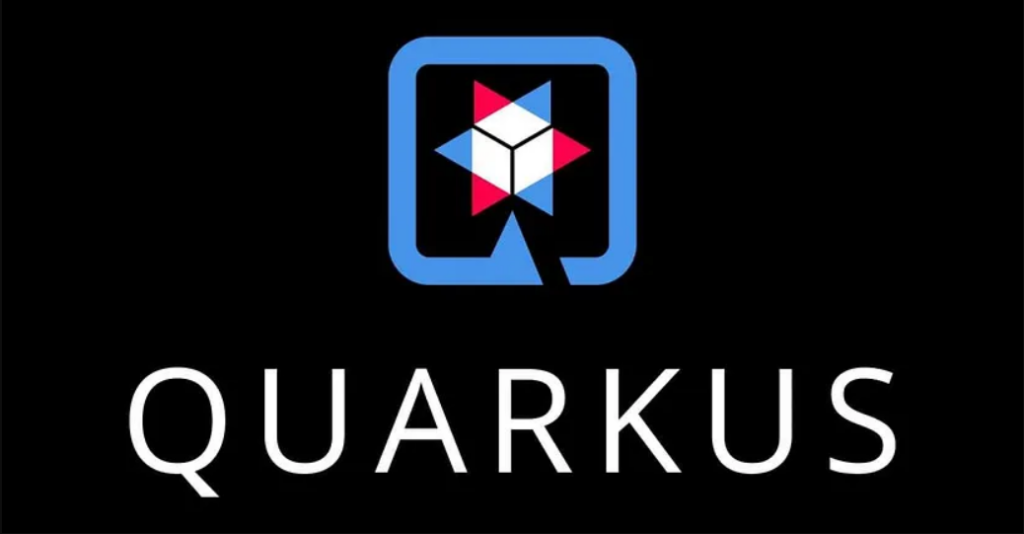The gradients that developers in the modern world experience when building cloud native applications often include the challenge of figuring out the right set of libraries and integrations to use. Quarkus alleviates this pain point and makes this experience a more seamless and faster experience to develop thanks to the rich set of extensions built into the Quarkus ecosystem. Extensions are pre-integrated capabilities that help to maximize developer delight and runtime performance. In my previous blog, I discussed how Quarkus live coding enhances the dev experience . Today, let’s dive deeper into Quarkus Extensions .
Why Extensions Matter
The traditional layers of a Java stack often include some manual configuration and glue code to piece together the various libraries, as well as interceptors that need to be integrated too. Quarkus changes the game by providing extensions that are:
-
Optimized for build time and runtime performance
-
Preconfigured to reduce boilerplate
-
Integrated seamlessly with Quarkus dev services
-
Compatible with native compilation via GraalVM
This means you have less setup, faster feedback loops, and more time to write business logic.
Top Extensions to Explore
RESTEasy Reactive
Create RESTful APIs with minimal configuration and blazing-fast performance. Quarkus supports both classic RESTEasy and the newer RESTEasy Reactive, which is designed for reactive programming models.
@Path("/hello")
public class HelloResource {
@GET
public String hello() {
return "Hello from Quarkus!";
}
}
Hibernate ORM with Panache
Panache simplifies JPA by reducing boilerplate code and making your data layer expressive and concise.
@Entity
public class Person extends PanacheEntity {
public String name;
public static Person findByName(String name) {
return find("name", name).firstResult();
}
}
Kubernetes & OpenShift
Quarkus offers native support to generate deployment YAMLs, making it cloud-native out of the box.
./mvnw clean package -Dquarkus.kubernetes.deploy=true
You can also configure deployment details using application properties like:
quarkus.kubernetes.name=my-app quarkus.kubernetes.replicas=3
SmallRye (MicroProfile)
Need configuration, health checks, metrics, or OpenAPI? Just add the right SmallRye extension.
./mvnw quarkus:add-extension -Dextensions="smallrye-health"
Then add a health endpoint:
@Health
@ApplicationScoped
public class LivenessCheck implements HealthCheck {
@Override
public HealthCheckResponse call() {
return HealthCheckResponse.up("I'm alive!");
}
}
Getting Started
Adding extensions is a breeze using the Quarkus CLI or Maven plugin:
quarkus ext add 'hibernate-orm-panache'
Or:
./mvnw quarkus:add-extension -Dextensions="rest-easy-reactive, kubernetes"
Conclusion
The Quarkus Extensions are a great way to include common features in your application without worrying about how all the complicated pieces fit together. If you’re building REST APIs, integrating with databases, deploying Kubernetes applications, there is likely an extension that can help. It is a very exciting time if you’re trying to upgrade your Java technology stack for the cloud.
Source: Read MoreÂ

